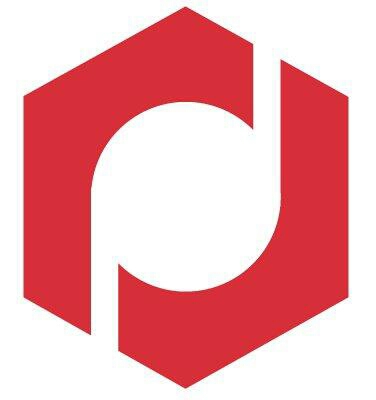Information
-
Job Number
-
Project name
-
Conducted on
-
Prepared by
-
Location
-
Supervisor
1. General jobsite safety
-
OSHA and DOL posters posted on site
-
Company safety manual readily available
-
Emergency contact information posted
-
First-aid kits available
-
Hazardous areas identified (electrical, laser, excavations, etc.)
2. Housekeeping
-
General neatness of working areas
-
Walking/working surfaces are free from obstructions.
-
Adequate lighting in all work areas
-
Implement hazards are protected (rebar, protruding nails, etc.)
3. Personal protective equipment
-
Eye protection
-
Hard hats
-
Footwear
-
High visibility clothing
-
Hand protection
-
Hearing protection
-
Face protection
-
Respiratory protection
4. Fire prevention
-
Are fire extinguishers readily accessible?
-
Are fire extinguishers charged?
-
Do fire extinguishers have inspection tags?
-
Are flammable and combustible materials properly stored?
-
Are compressed gas cylinders properly stored and secured?
-
Are hot work permits issued when necessary?
-
Are fire extinguishers designated for hot work operations?
5. Electrical safety
-
Electrical cords are free from damage?
-
GFCI protection in use
-
Electrical cords have a ground prong
-
Are electrical cords protected from damage? (Metal studs, doorways, access roads)
-
Temporary electric/lighting supported by non-conductive materials
-
Lights are covered with protective cages
-
Electrical rooms/panels secured and labeled
-
Proper clearance maintained around overhead lines
-
Is lockout/tagout used when necessary?
6. Fall protection/prevention
-
Workers above 6 feet have proper fall protection
-
Unprotected sides/edges are properly guarded
-
Floor holes/openings are properly covered, marked, and secured.
-
Work areas below are protected from falling objects
7. Tools
-
Tools are maintained in good condition
-
Guards are in place and in good working order
-
Tools are being utilized as intended
8. Ladders
-
Ladders are maintained in good condition
-
Ladders used for access are secured
-
Ladders used for access extend 3 feet past the landing
-
Ladders are set at a 4:1 ratio
-
Ladders are rated for construction use
-
Ladders are used as intended
9. Scaffolding
-
Scaffolding maintained in good condition
-
Scaffolding erected on sound rigid footing (base plates & mud sills)
-
Scaffold is fully decked
-
Scaffolding secured to the structure once exceeding the 4:1 ratio (height:base width)
-
Proper scaffold access is utilized
-
Fall protection in place over 10 feet.
-
Mobile scaffold equipped with locking casters
10. Excavations and trenching
-
Underground utilities staked or marked
-
Competent person has determined soil type and identified hazards
-
Excavations greater than 5 feet in depth are protected from cave-in (sloping, benching, boxes, shoring)
-
In excavations over 4 feet in depth, are safe means of egress located within 25 feet of workers?
-
Spoil piles and equipment are at least 2 feet from the edge
-
Obstructed excavations are protected with guardrails, fences, or barricades
11. Cranes and lifting operations
-
Hazards identified prior to crane operation
-
Inspection documentation readily available
-
Outriggers are fully extended and ground conditions are adequate to support crane
-
Proper cribbing/padding under outriggers
-
Loads are properly rigged
-
Slings/rigging free from damage and have load rating tags
-
Swing radius marked off
-
Area under the suspended load is clear
-
Crane is positioned a minimum of 20 feet from overhead power lines
12. Aerial work platforms
-
Body harness worn while operating boom lifts
-
Safety chain/guard secured on scissor lift
-
Lifts are used in accordance to ANSI standards
13. Hazard communication
-
Containers are properly labeled
-
Safety data sheets are available
Industrial hygiene testing
Corrective actions
-
Enter any corrective actions that will be undertaken
Sign off
-
On site representative
-
Auditor's signature














